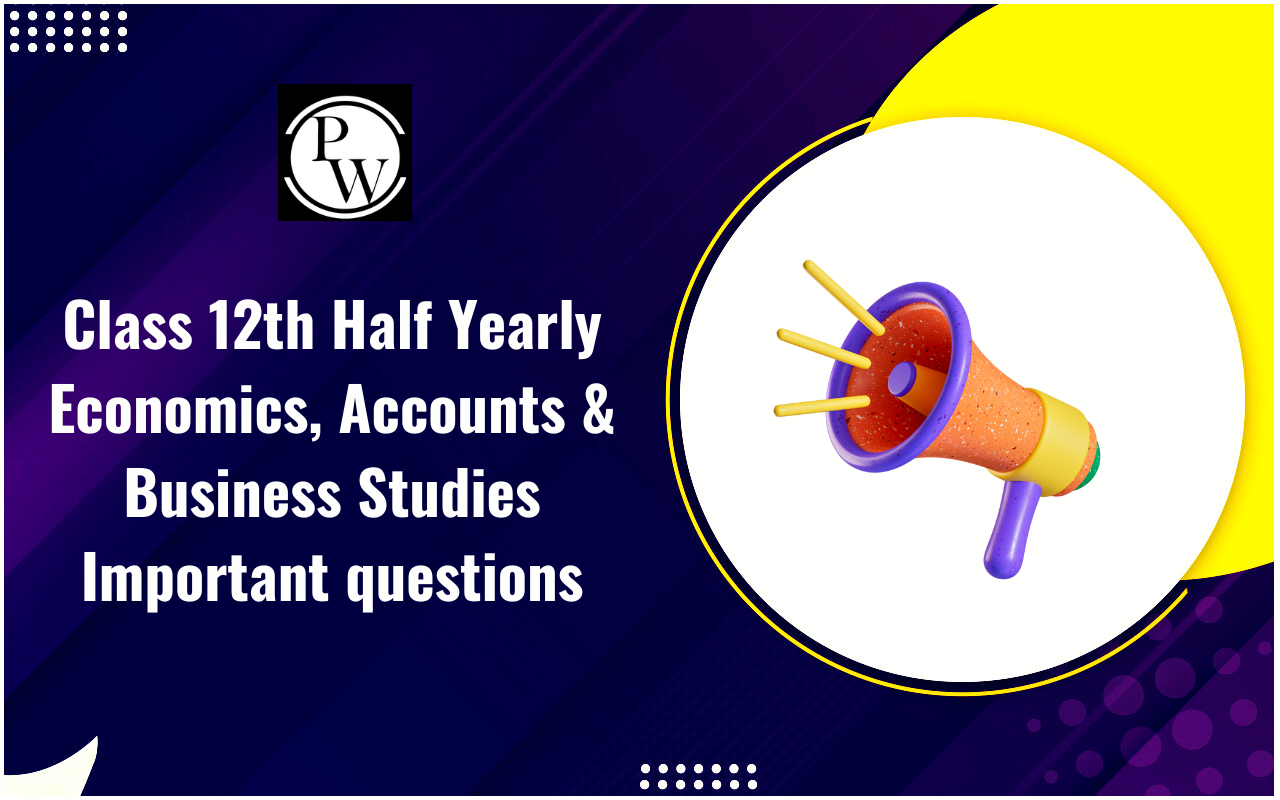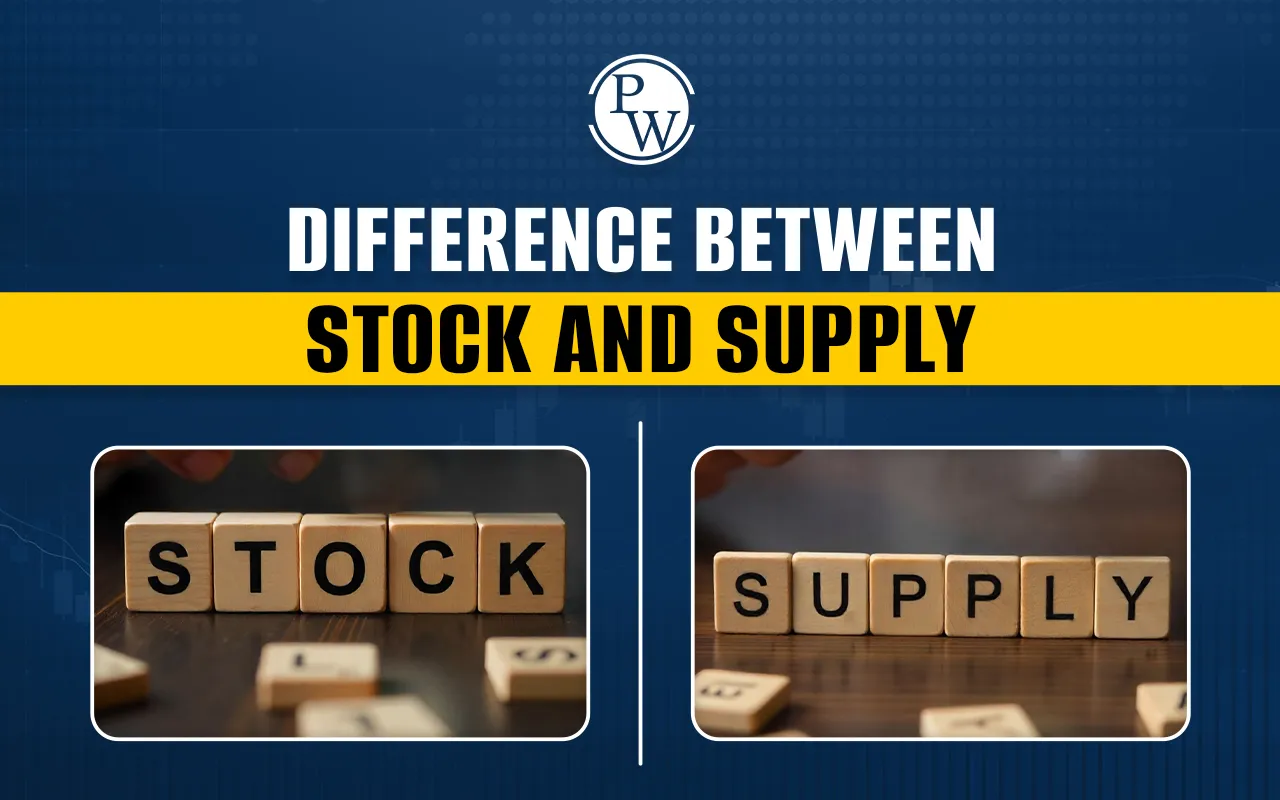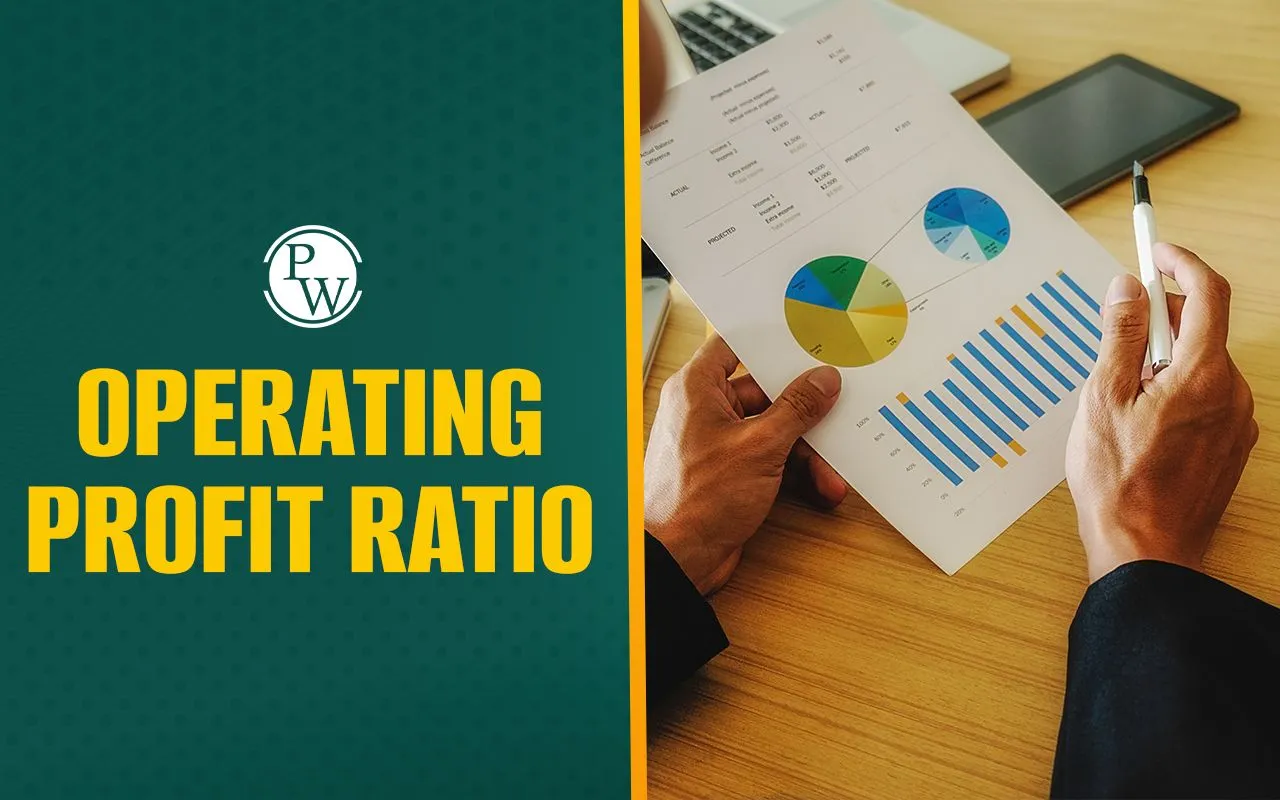

Strategic Management and Competitive Analysis : Strategic management and competitive analysis are two vital components that organisations utilise to navigate the complex landscape of modern business. Together, they form the cornerstone of effective decision-making, helping businesses chart a course towards success in dynamic and competitive environments. While strategic management focuses on setting goals, formulating plans, and allocating resources to achieve long-term objectives, competitive analysis involves assessing market trends, identifying competitors' strengths and weaknesses, and leveraging this insight to gain a competitive edge.
By intertwining these disciplines, organisations can effectively position themselves in the market, anticipate challenges, and seize opportunities for growth and innovation. This symbiotic relationship between strategic management and competitive analysis is essential for businesses striving to thrive in today's ever-evolving business environment.What is Strategic Management
Strategic management is like making a big plan and putting it into action to reach the goals of a group, like a company or a school. It involves looking at what's happening inside and outside the group, deciding what to aim for, making important decisions, sharing what is needed, and checking how things are going. It helps the group organise itself, deal with changes in the world, and do better than others. A strategic manager helps make these plans and determine how the group can meet its goals.Objective of Strategic Management
The primary objective of strategic management is to ensure an organisation's long-term success and sustainability. This is achieved through a multifaceted approach that involves: Setting Clear Direction : Strategic management establishes a clear vision, mission, and goals that guide all decision-making within the organisation. It defines what the company wants to achieve and its desired future state. Gaining a Competitive Advantage : Strategic management helps identify opportunities and threats in the marketplace by analysing the internal and external environment. It allows businesses to develop strategies that leverage their strengths, address weaknesses, and differentiate themselves from competitors, ultimately achieving a sustainable competitive advantage. Optimising Performance : Strategic management promotes efficient resource allocation, ensuring that resources (financial, human, technological) are directed towards activities that contribute most effectively to achieving the organisation's goals. Enhancing Decision-Making : The strategic management process provides a framework for informed decision-making. By analysing data, evaluating options, and considering long-term implications, businesses can make strategic choices that drive sustainable growth and profitability. Promoting Adaptability : Strategic management fosters a culture of continuous improvement and adaptation. It equips businesses to anticipate and respond to changes in the market, technology, and customer needs. This agility allows them to seize new opportunities and mitigate potential threats. Improving Stakeholder Value : Effective strategic management aims to create value for all stakeholders, including shareholders, employees, customers, and the community. It ensures the organisation operates responsibly and sustainably, contributing positively to its ecosystem.How Strategic Management and Competitive Analysis Work
Strategic Management and Competitive Analysis work together to enable businesses to navigate the competitive landscape, make informed decisions, and achieve sustainable success. It is like the two sides of the same coin, working together to guide a business towards success. Here are the steps on how it functions Step 1: Setting Goals and Objectives : Strategic Management involves setting clear goals and objectives for the organisation. Competitive Analysis helps understand the market and identify opportunities and threats that can affect these goals. Step 2: Identifying Strengths and Weaknesses : Strategic Management entails analysing the organisation's internal environment to identify its strengths and weaknesses. Competitive Analysis helps compare these strengths and weaknesses with those of competitors, providing insights into where the organisation stands in the market. Step 3: Formulating Strategies : Strategic management formulates strategies to achieve the organisation's goals based on the analysis of internal and external factors. Competitive Analysis provides valuable information about competitors' strategies, allowing the organisation to develop competitive advantages. Step 4: Allocating Resources : Strategic Management involves allocating resources effectively to support the chosen strategies. Competitive Analysis helps understand how competitors allocate their resources, enabling the organisation to make informed decisions about resource allocation. Step 5: Monitoring Performance : Strategic Management continuously monitors the organisation's performance against its goals. Competitive Analysis helps benchmark performance against competitors, identify areas for improvement, and stay ahead in the market.5 Steps Of Strategic Management
Strategic management entails managing an organisation's resources, analysing internal and external forces, and developing strategies to achieve goals and objectives. This process typically involves five key phases: Establishing Clear Goals : Initially, the organisation must set clear, realistic goals that answer its aims and why. This involves articulating the company's vision and short—and long-term objectives. Analysing Internal and External Forces : The organisation must comprehensively assess internal and external factors impacting its operations and objectives. Tools like SWOT analysis can aid in this evaluative process. Developing Strategies : Based on the analysis, the organisation can develop its strategy and outline its goals. This involves identifying necessary resources, allocating them effectively, and establishing performance metrics for gauging success. Securing buy-in from stakeholders is crucial during this phase. Execution of Strategies : With strategies in place, the focus shifts to execution, where the formulated plans are put into action. Resources are mobilised according to designated roles and responsibilities. Evaluation and Adjustment : The final phase involves evaluating the effectiveness of implemented strategies using predefined metrics. It entails assessing whether adjustments are necessary and replacing ineffective strategies with more viable ones. Continuous monitoring of the business environment and internal operations is essential to ensure the retention of effective strategies while adapting to evolving circumstances.Importance Of Strategic Management
Strategic management plays a crucial role in the success and longevity of organisations. Here are some key reasons why it's important:- Direction and Focus : Strategic management provides the organisation with a clear direction and focus by setting specific goals and objectives. This ensures everyone within the organisation works towards common objectives, reducing confusion and aligning efforts.
- Adaptability to Change : Change is constant in today's dynamic business environment. Strategic management helps organisations anticipate and respond to changes in the market, technology, and other external factors. This adaptability is essential for survival and growth.
- Resource Allocation : Strategic management helps effectively allocate resources such as finances, manpower, and technology. Organisations can optimise their operations and achieve their goals by identifying priorities and allocating resources accordingly.
- Competitive Advantage : Through strategic management, organisations can analyse their strengths, weaknesses, opportunities, and threats (SWOT analysis) relative to competitors. This analysis enables them to develop competitive strategies that differentiate them from rivals and create a sustainable advantage in the market.
- Long-term Sustainability : Strategic management focuses on long-term success rather than short-term gains. By formulating and implementing strategies that consider future trends and developments, organisations can position themselves for sustained growth and profitability.
- Stakeholder Engagement : Strategic management involves engaging with various stakeholders, including employees, customers, investors, and communities. By considering their needs and expectations, organisations can build trust, loyalty, and support, enhancing their overall reputation and goodwill.
- Risk Management : Strategic management helps identify and mitigate risks impacting the organisation's performance and objectives. By proactively managing risks, organisations can minimise potential threats and uncertainties, safeguarding their operations and reputation.
Examples of Strategic Management
Strategic management is not just theoretical; businesses of all sizes across industries apply it. Here are a few examples of companies that have successfully implemented strategic management:- Amazon's Domination Through Continuous Innovation:
- Focus on customer satisfaction : Prioritizing a seamless online shopping experience with fast delivery and excellent customer service.
- Constant Innovation : To stay ahead of the curve, companies invest heavily in research and development and introduce new products and services like cloud computing (Amazon Web Services) and voice-activated assistants (Alexa).
- Data-Driven Decisions : Utilizing customer data to personalise recommendations, optimise product offerings, and streamline logistics.
- Apple's Innovation and Brand Loyalty Strategy
- Differentiation through Innovation : Investing heavily in research and development to create high-quality, user-friendly products like iPhones, iPads, and Mac computers.
- Premium Brand Positioning : Building a strong brand image associated with design, innovation, and exclusivity, allowing them to command premium prices.
- Loyal Customer Base : Developing a loyal customer base ("Apple Fanatics") through seamless integration of their product ecosystem and exceptional customer service.
Strategic Management and Competitive Analysis FAQs
What are the 5 types of strategic management?
The five categories of strategic management range from simplest to most complex: linear, adaptive, interpretive, expressive, and transcendent.
What is strategic management in BBA?
Strategic management in BBA refers to the deliberate utilisation of a company's resources to achieve its predetermined goals and objectives. It necessitates ongoing assessment of internal processes and external influences that may affect the company's operations.
How can one develop a strategic management plan?
Developing a strategic management plan involves several steps, including conducting a comprehensive analysis of both internal and external environments, establishing strategic objectives, crafting strategies, implementing them, and continually assessing and adjusting as necessary.
Talk to a counsellorHave doubts? Our support team will be happy to assist you!

Check out these Related Articles
Free Learning Resources
PW Books
Notes (Class 10-12)
PW Study Materials
Notes (Class 6-9)
Ncert Solutions
Govt Exams
Class 6th to 12th Online Courses
Govt Job Exams Courses
UPSC Coaching
Defence Exam Coaching
Gate Exam Coaching
Other Exams
Know about Physics Wallah
Physics Wallah is an Indian edtech platform that provides accessible & comprehensive learning experiences to students from Class 6th to postgraduate level. We also provide extensive NCERT solutions, sample paper, NEET, JEE Mains, BITSAT previous year papers & more such resources to students. Physics Wallah also caters to over 3.5 million registered students and over 78 lakh+ Youtube subscribers with 4.8 rating on its app.
We Stand Out because
We provide students with intensive courses with India’s qualified & experienced faculties & mentors. PW strives to make the learning experience comprehensive and accessible for students of all sections of society. We believe in empowering every single student who couldn't dream of a good career in engineering and medical field earlier.
Our Key Focus Areas
Physics Wallah's main focus is to make the learning experience as economical as possible for all students. With our affordable courses like Lakshya, Udaan and Arjuna and many others, we have been able to provide a platform for lakhs of aspirants. From providing Chemistry, Maths, Physics formula to giving e-books of eminent authors like RD Sharma, RS Aggarwal and Lakhmir Singh, PW focuses on every single student's need for preparation.
What Makes Us Different
Physics Wallah strives to develop a comprehensive pedagogical structure for students, where they get a state-of-the-art learning experience with study material and resources. Apart from catering students preparing for JEE Mains and NEET, PW also provides study material for each state board like Uttar Pradesh, Bihar, and others
Copyright © 2025 Physicswallah Limited All rights reserved.











